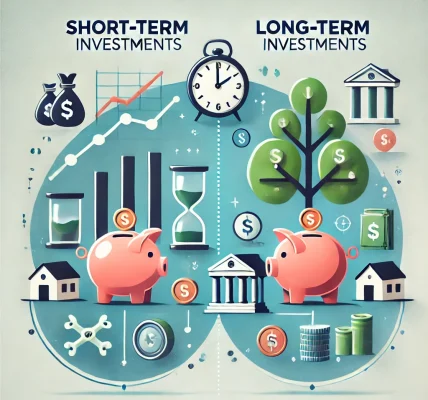Investing in the financial markets is both an art and a science. Successful investors do not just pick stocks or assets randomly; they study market cycles and use strategic timing to maximize their returns. Market cycles are recurring patterns in financial markets that involve periods of expansion, peak, contraction, and recovery. Understanding these cycles helps investors make informed decisions and avoid common pitfalls.
In this article, we will explore the concept of market cycles, discuss key indicators that influence them, and provide practical strategies for timing your investments wisely.
What Are Market Cycles?
Market cycles refer to the natural fluctuations in the financial markets, typically moving through four stages:
- Accumulation Phase: This phase occurs after a market downturn when smart investors begin buying undervalued assets.
- Markup Phase: In this phase, the market gains momentum, and asset prices rise steadily as more investors jump in.
- Distribution Phase: At this stage, early investors begin selling their holdings to take profits, leading to volatility and uncertainty.
- Decline (or Markdown) Phase: Prices fall as panic sets in, leading to a market downturn before the cycle begins anew.
These cycles are influenced by economic conditions, investor psychology, government policies, and global events.
Key Indicators of Market Cycles
Understanding and identifying market cycles requires analyzing certain indicators that influence financial markets:
1. Economic Indicators
- GDP Growth: A rising GDP indicates economic expansion, while a decline signals contraction.
- Interest Rates: Lower interest rates generally boost investments, while higher rates can slow down growth.
- Inflation Rates: Moderate inflation is healthy, but excessive inflation can erode purchasing power and market confidence.
2. Stock Market Trends
- Bull Markets: A prolonged period of rising stock prices indicates strong investor confidence.
- Bear Markets: A prolonged decline in stock prices signals caution and reduced risk appetite.
3. Investor Sentiment
- Fear and Greed Index: Measures market sentiment, helping investors gauge whether markets are overbought or oversold.
- Volatility Index (VIX): Also known as the “fear index,” high values indicate market uncertainty.
Strategies for Timing Your Investments Wisely
1. Long-Term Investing vs. Market Timing
Many investors attempt to “time the market,” meaning they try to buy at the lowest point and sell at the highest. However, predicting exact market movements is extremely difficult. Instead, adopting a long-term investing approach, such as dollar-cost averaging, can reduce risk and ensure steady wealth accumulation.
2. Using Technical and Fundamental Analysis
- Technical Analysis: Uses price charts, trends, and patterns to predict future market movements.
- Fundamental Analysis: Focuses on company earnings, economic data, and financial statements to assess an asset’s true value.
3. Diversification and Risk Management
- Asset Allocation: Invest in a mix of stocks, bonds, real estate, and commodities to reduce risk.
- Hedging Strategies: Using options and stop-loss orders can protect investments from extreme losses.
- Rebalancing Portfolio: Adjust asset allocation periodically based on market conditions.
4. Investing During Different Market Phases
- Accumulation Phase: Identify undervalued assets and invest gradually.
- Markup Phase: Ride the upward trend but monitor overvaluation risks.
- Distribution Phase: Secure profits and reduce exposure to high-risk assets.
- Decline Phase: Avoid panic selling and look for new buying opportunities.
Common Mistakes to Avoid When Timing Investments
- Emotional Investing: Fear and greed can lead to poor decision-making.
- Overtrading: Excessive buying and selling can lead to high fees and losses.
- Ignoring Fundamentals: Chasing trends without understanding the fundamentals can be risky.
- Lack of a Clear Strategy: Investing without a defined plan increases the likelihood of losses.
Conclusion
Understanding market cycles is crucial for making informed investment decisions. While predicting exact market movements is challenging, recognizing different phases and using sound strategies can improve investment outcomes. By focusing on diversification, risk management, and long-term wealth accumulation, investors can navigate market fluctuations effectively and build a robust financial future.
By educating yourself and staying disciplined, you can make wiser investment choices and avoid costly mistakes. Always conduct thorough research or consult a financial expert before making investment decisions.




